MITS5003 Wireless Communication: WSN Implementation for VicStock
VerifiedAdded on 2023/06/03
|5
|864
|191
Case Study
AI Summary
This case study provides a comprehensive analysis of a Wireless Sensor Network (WSN) implementation for VicStock's MaffraStock farm in Gippsland. It begins by selecting the LoRaWAN frequency band (915-928 MHz) due to its unlicensed nature and proceeds to calculate the required channel capacity for both sensing devices to the control center and the control center to the ISP. The analysis includes calculating thermal and total noise levels, determining signal power received at the control center, and assessing the bandwidth requirements for both individual sensing devices and multiplexed channels using FDM. Furthermore, the study calculates the maximum free space loss and determines the required transmission signal strength, considering signal power losses due to attenuation and fading. The study concludes by suggesting functionalities for a cloud application to effectively utilize sensor data in the agriculture sector and proposes how IoT platforms can aid in WSN implementation, highlighting the potential for improved decision-making and efficiency in livestock management.
1 out of 5
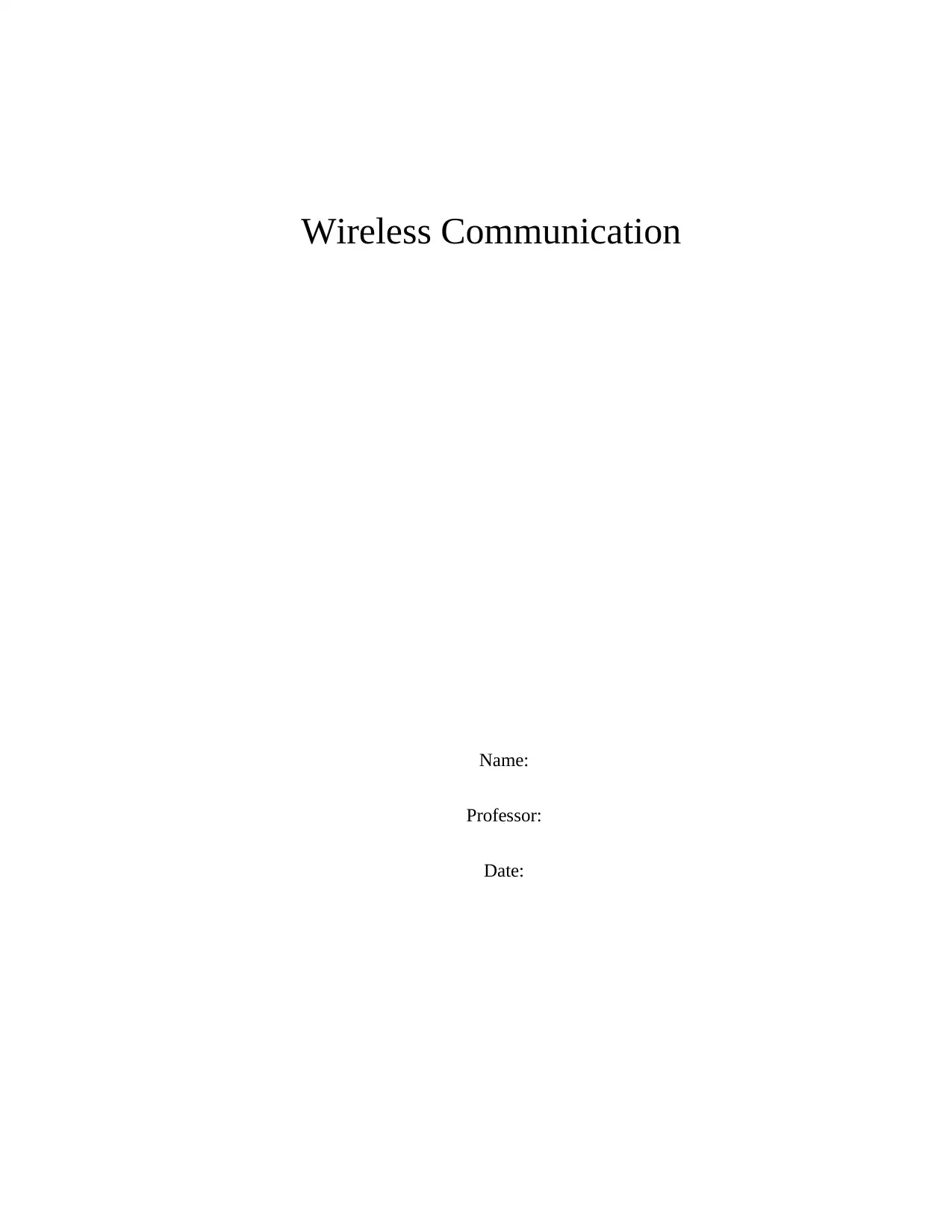
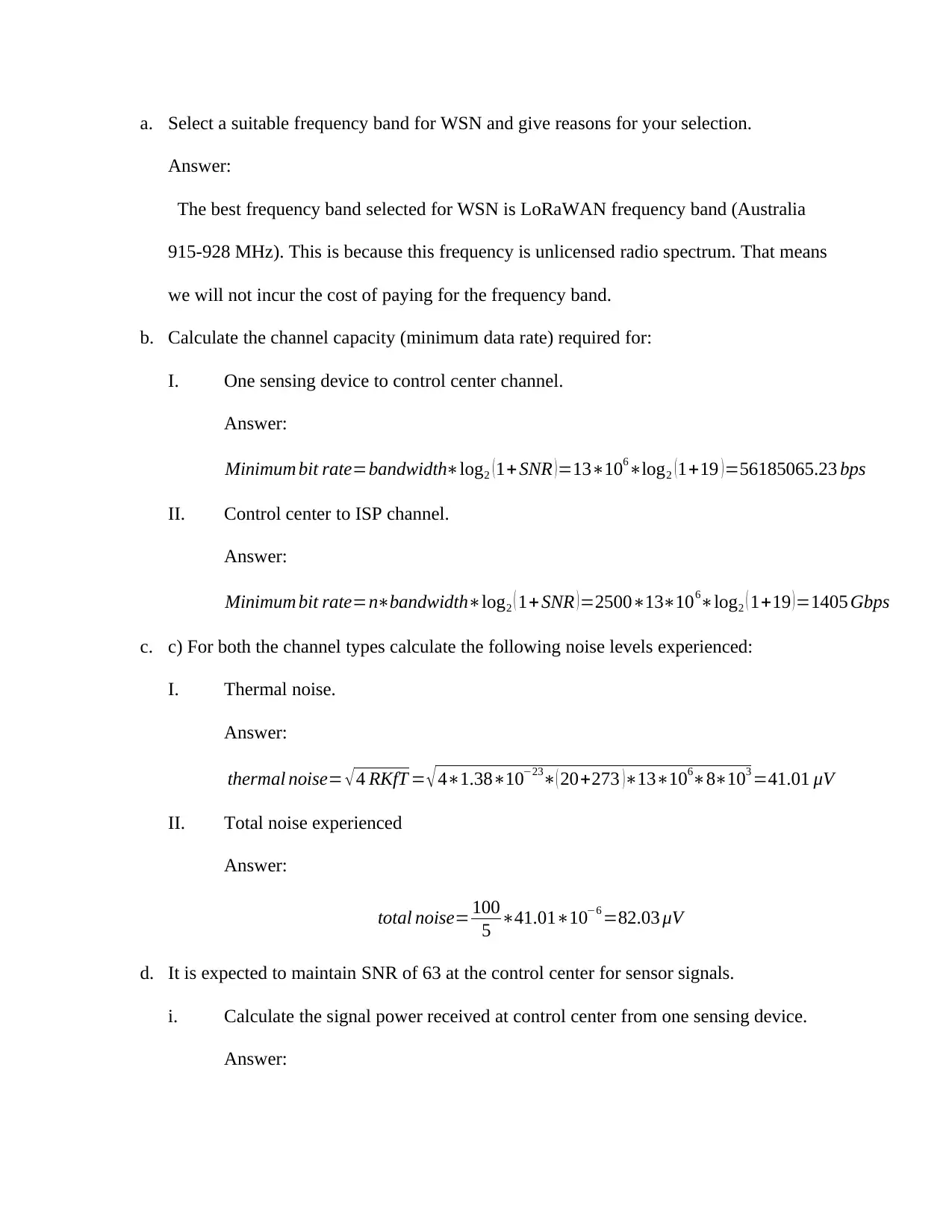
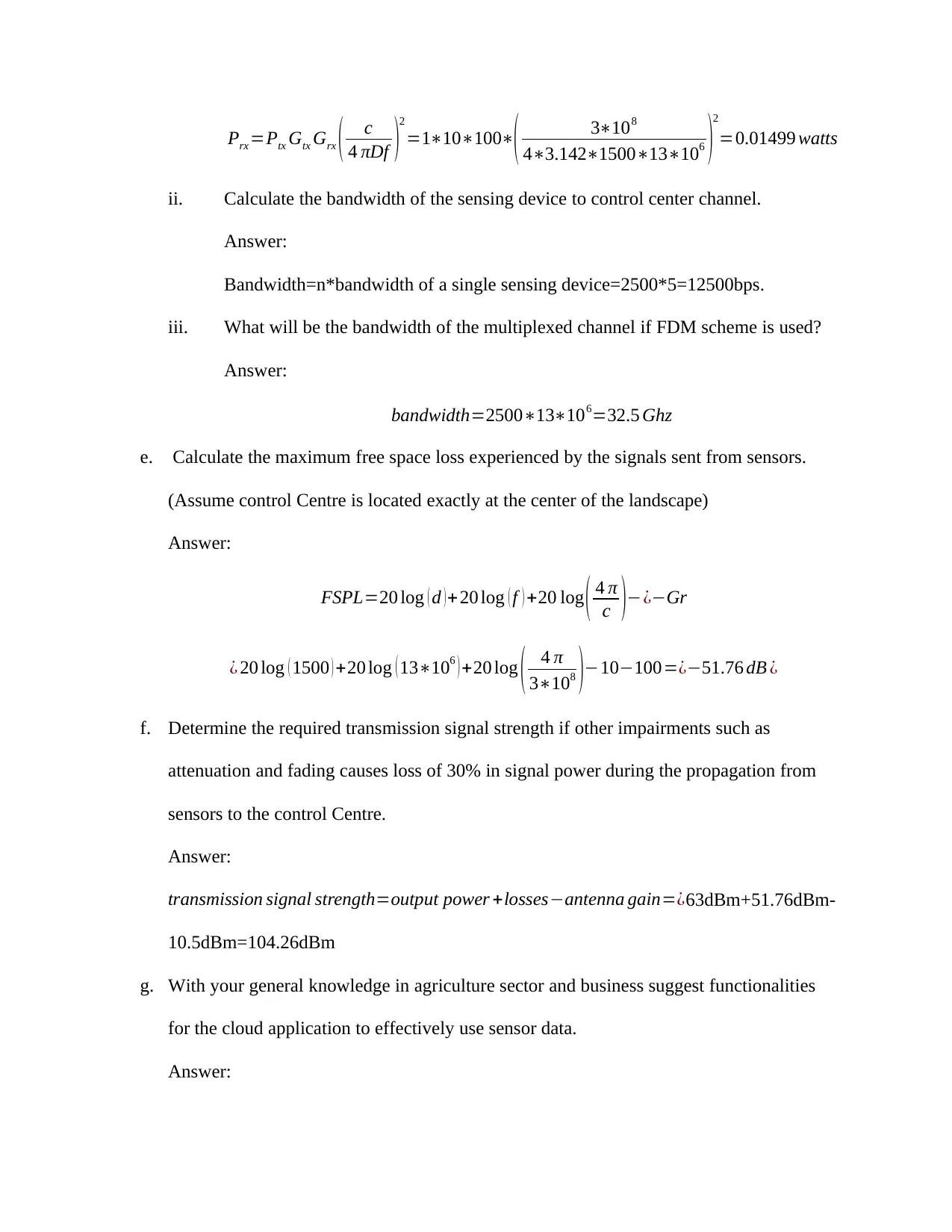

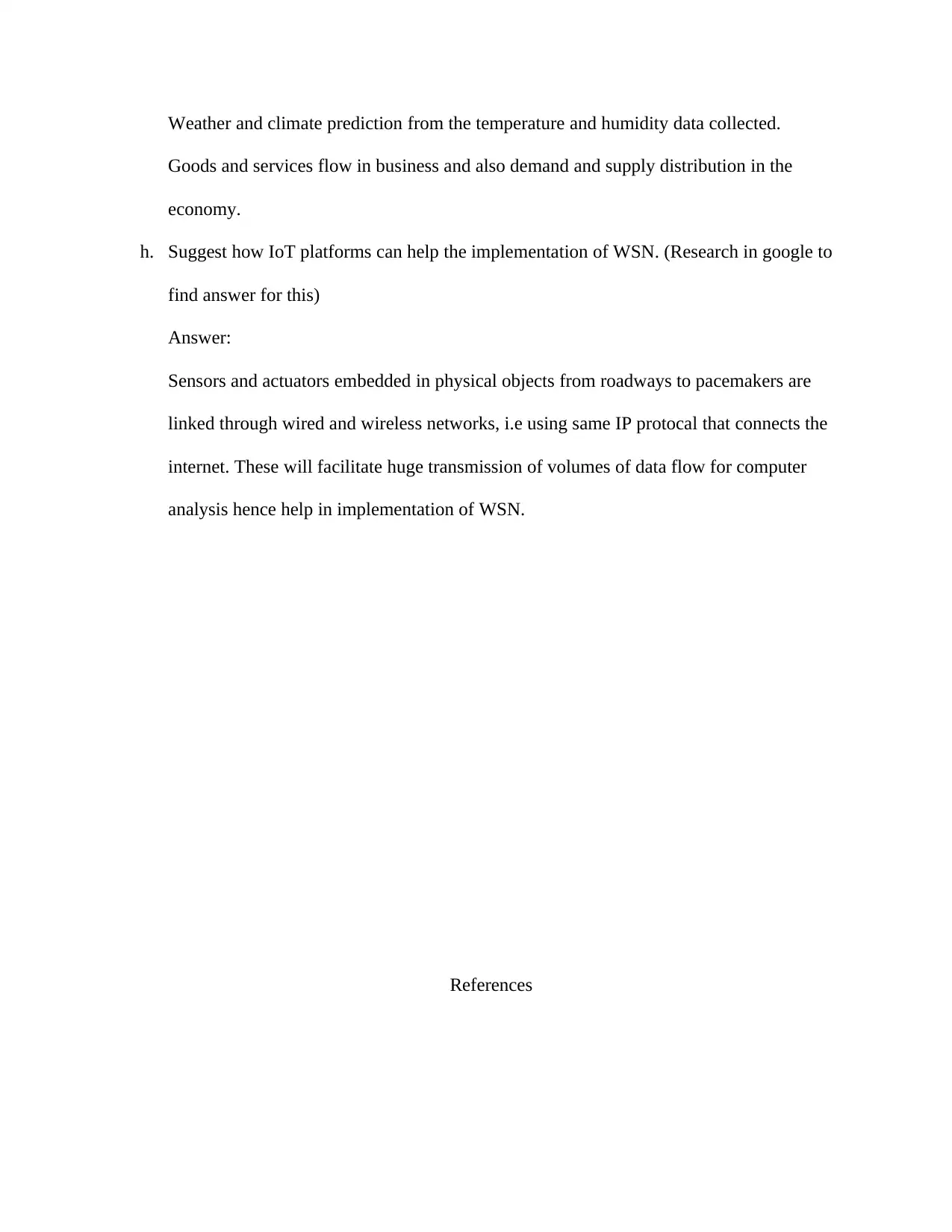
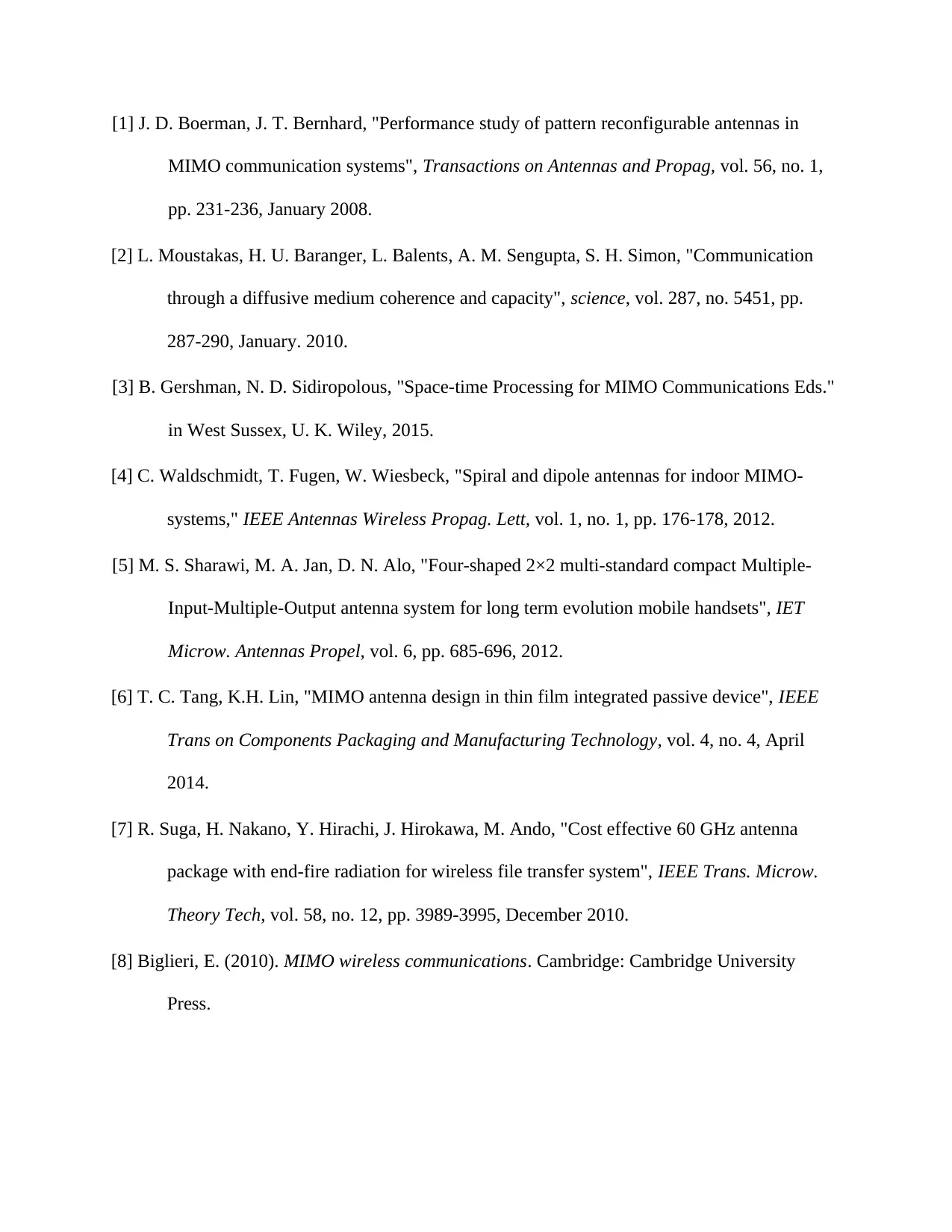



![[object Object]](/_next/static/media/star-bottom.7253800d.svg)